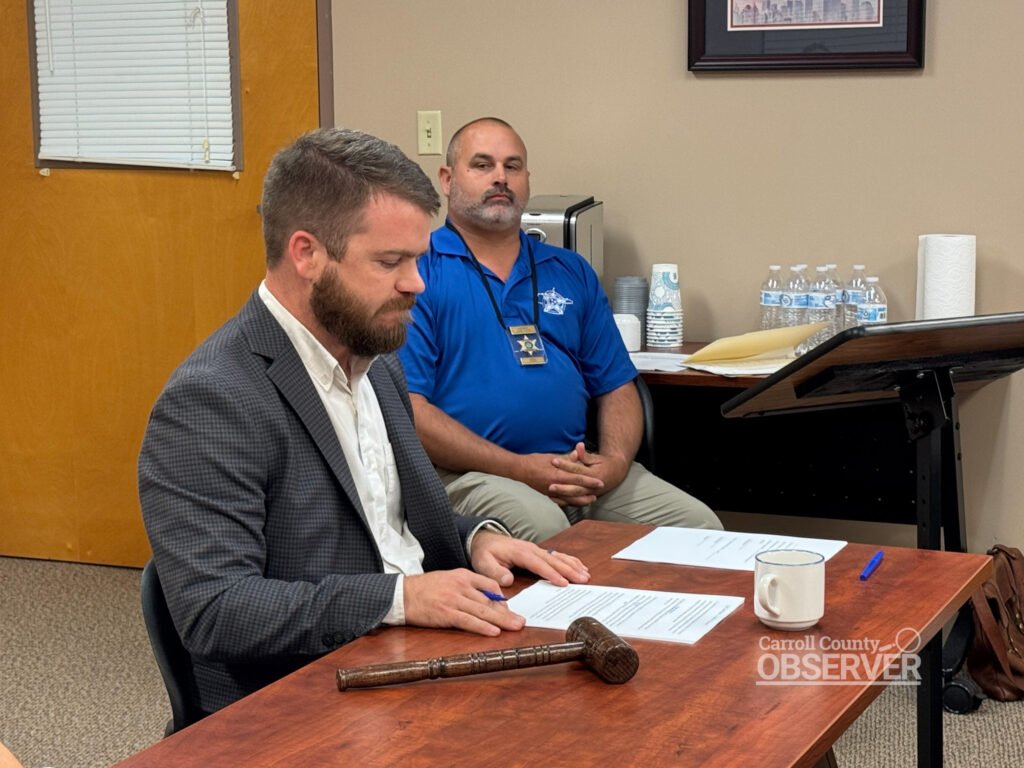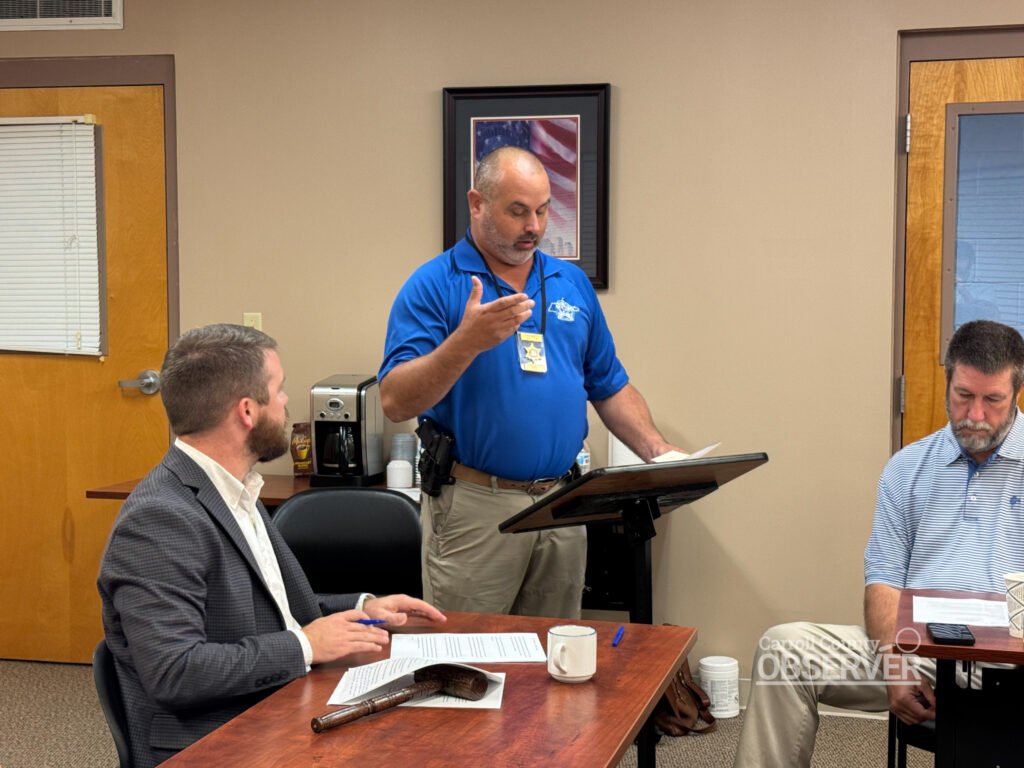Carroll County Mayor Joseph Butler closed Monday night’s Commission meeting, September 8, with remarks on Saturday’s fatal train collision at the Harris Road crossing, which claimed the lives of two residents.

“Two young men, far too young, lost their lives. Others were a part of that, and their lives are forever changed too,” Butler said. “We grieve with them. We love them. We support them.”
“There’s going to be some opportunities pretty soon to support them and financial needs,” he added. “But we also are a legislative body of government here that has a responsibility to the public, and so I think it’s important that we acknowledge it.”
Butler said that while emotions are high, county leadership will focus on solutions.
“We’re going to work diligently to find real, achievable solutions at this crossing and other crossings,” he said. “We know that this is just one of a number of pretty dangerous spots.”
He then turned the floor over to Chief Deputy Joel Pate, who has been leading efforts to connect with CSX officials, TDOT, and other agencies in the aftermath of both the August and September collisions at Harris Road.
“When the first [accident] happened, I started asking some questions about who’s responsible for putting signals up, and what the process is.” Pate told commissioners. “After Saturday, I knew then it was time to put it in high gear and get some answers.”
He explained that it’s the county’s responsibility to formally request that a diagnostic review take place in order to start the engineering process and determine what safety upgrades are needed at the site.
Tennessee Department of Transportation (TDOT), the Federal Railroad Administration, CSX, and the county would all be part of that review.
“The process is first, they get a traffic count at the crossing, then the number of trains at the crossing, and the physical location of how the crossing is laid out,” Pate explained “Accidents put it up the list, and two accidents makes it a priority.”

He added that TDOT’s rail office receives $5.4 million in federal funds each October to apply toward such projects.
The cost for signal installation is estimated at $350,000 to $500,000, and the timeline could stretch to two years even with priority status.
“I don’t know what the answers are [during the next] two years,” Pate said, “but going through the grant funding process [it can take at least that long].”
Butler ended by promising continued updates.
“We certainly don’t have all the answers,” he said. “Our commitment is to keep you (the County Commission) in the loop and keep the public informed. It goes without saying this group cares deeply about the safety of our citizens, and we’re committed to addressing this one.”


Visibility at that location is also a key
Although the process to have crossing signals will take time the clearing of the track right of way should be an number one priority for whoever has the authority to do so